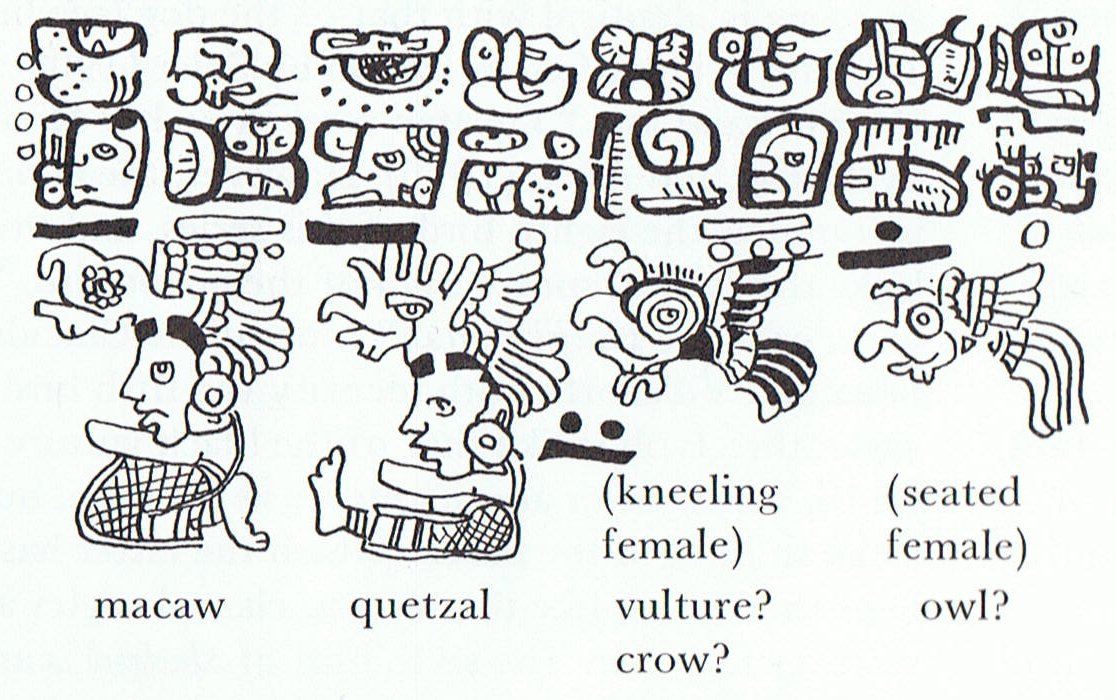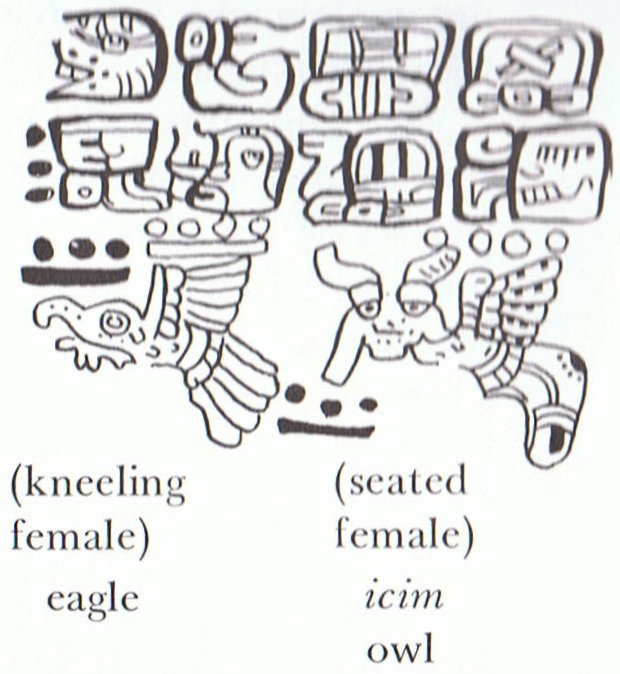|
TRANSLATIONS
I seem to be in a synchronous state of mind, in a 'flow'. Last evening's TV program delivered two gems. The subject was the zodiacal signs, with a mixture of modern astronomical insights and with musings about the origins of the signs. Below the Belt of Orion hangs his 'sword' and that is the location of the Crab Nebula, in which already observations with naked eye reveals how new stars are being born. The Crab Nebula! I immediately saw the connection with the strange notion about new fire being generated below 3 stones down in the 'water' at the place of the 'turtle'. A crab and a turtle are much the same. The 3 stones of course means the 3 stars in the Belt of Orion. The alignment of the 3 great pyramids in Egypt were also mentioned - not in a straight line but in the pattern of the Belt of Orion. No suggestion was delivered as to why the ancient Egyptians endeavourd to mimick those stars. But I can hazard a guess: Because in an agricultural community generation of growth is of central importance. Raising those 3 pyramids in the pattern of Orion's Belt is an act of great magic to insure birth (rebirth) of the power of Pharaoh. On Easter Island they had a similar magic world, and we can therefore expect glyphs with 3 stones (maitaki) at the beginning of the year in their rongorongo calendars. The other gem was information how originally there were not 12 but 13 zodiacal signs; the lost one was Ophiucus (The Serpent-bearer). They could not explain why once there were 13 signs and why Ophiucus had disappeared. I know: Because once there were not 12 but 13 months. 13 * 28 = 364. Quite obvious. Probably they decided to eliminate Ophiucus because Christians do not like to be reminded about the existens of serpents. The Mayan bird pictures (and texts) can be 'translated' better, I think. First we must notice how there is a wave pattern:
Kneeling begins with Macaw and then comes Quetzal sitting down (etc). When you sit down your head is lower than if you kneel. Yet macaw is a bird of the north (winter), while the green quetzal is a bird of the south (summer). By sitting down the room above for the quetzal becomes greater. Sky is higher in summer. The head feathers on the quetzal are five in number (fire) and look like the fingers of a hand. The following birds are said to be 'kneeling' respectively 'seated' but I cannot observe that. They are flying. We have left earth and come to sky. 2 birds are representing earth and 6 the sky. But a better disposition would be 3 + 5. Therefore the 3rd bird (the 'blue dove', raxon from *yax-) could be understood as the last phase of earth, when the spirit is rising up to the sky world. Below its beak is what looks like a 3-fingered hand. The 4th bird is not kneeling as the 1st bird of earth does, it is said to be 'seated' - the inversion of 'kneeling'. I believe 'kneeling' and 'seated' are technical terms, and some kind of similar structure surely is embedded in the rongorongo glyph system. Not to mention the observations of Churchill about existential differences between body positions in the Polynesian languages:
The 3rd of the birds in the sky (counted beyond the 'blue dove') is most interesting, because she shows a typical en face face meaning 'zenith' or 'solstice' (if we use our knowledge of rongorongo signs):
Its head is split in the middle, indicating the 'split tun drum'. She flies at new year. The old year is dying and the last of her four glyphs shows Cimi (death). The tun drum is seen in the preceding glyph.
The structure is, I think, 3 (earth) + 2 (sky before its break) + 1 (the break) + 2 (sky after its break). The first of the glyphs at muan has an inverted ahau sign, which means 'east' (whence soon sun will reappear). South of the equator muan should signify autumn equinox, if observations were done at the same time during the day. When we find 15 Moan in the month calendar, the observations should be done in the evening if they observed these 8 birds in the morning (and contrariwise of course). As the very last glyph in the bird text another Cimi glyph is attatched to the end of winter - but soon the eyelashes will point upwards. It could be the Mayan version of the death of Takaśre. The strange end tails of muan and the split-headed icim owls signify a common destiny, and we should recognize the sign from Vayeb:
Summarizing, once again there is a calendar for the year, maybe to be translated into:
|
||||||||||||||||||||||||||||||



